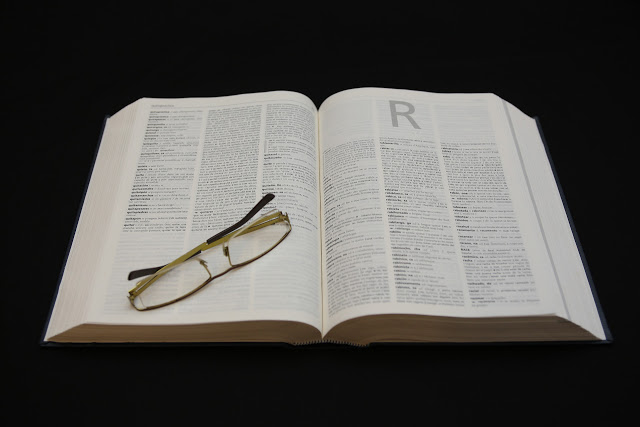CORONAVIRUS: What exactly is “R” and how does it affect lockdown easing …
CORONAVIRUS: What exactly is “R” and how does it affect lockdown easing …
By Iain Fraser – Consultant Editor, GEOPolitical Matters.com
Malága (Remote)
You would have to be a hermit or off-grid of course, not to have heard continual Government references to the “R” factor. We have received a lot of enquiries via our Geopolitical Knowledge Hub asking: “What exactly is R?”
R = Reproduction
First of all “R” stands for Reproduction. It is simply the number used and a key indicator of a diseases ability to spread. Dictionary.com defines it as “a genetic component of some bacteria that provides resistance to antibiotics and can be transferred from one bacterium to another by conjugation”
In simple terms though, it is a crucial number used to fully understand the threat posed by any virus. In essence it’s the number of people that one infected person can pass the virus on to.
The “R” factor is now being widely used by global governments around the World to calculate the immediate actions required to save lives, but it is also a vital integer in the calculation currently being used to decide on the severity of lockdown measures.
The Covid-19 strain, officially Sars-CoV-2, has an “R” or reproduction number of approximately three, estimates vary, but any “R” factor or number above one is considered to be extremely dangerous. If “R” is higher than one, then the spread of infections increases exponentially and without strict measures, including lockdown and thereafter social distancing, it can and will spiral completely out of control.
Conversely, if “R” is lower then the virus will eventually abate as not enough new infections will occur to sustain the outbreak. Therefore, the optimum scenario and government goal is for “R” to be less than 1.0, the factor being used to ease lockdown restrictions.
The problem is that estimating the reproduction value is not a precise science and differs from country to country, with various individual country infection experts using different statistical formulae in their efforts to assess the extent to which the virus is being reproduced among a population.
For example, the World Health Organization [WHO] said the “R” factor for Covid-19 was thought to be between 2 and 2.5, higher than for influenza, however, they were quick to point out that direct comparisons between individual viruses is extremely complicated and therefore difficult to assess.
Well that “R” in a nutshell. I hope that answers our readers question. I would welcome comment from the medical and scientific community on this piece as I am only a humble journalist and not a medical or scientific expert!

